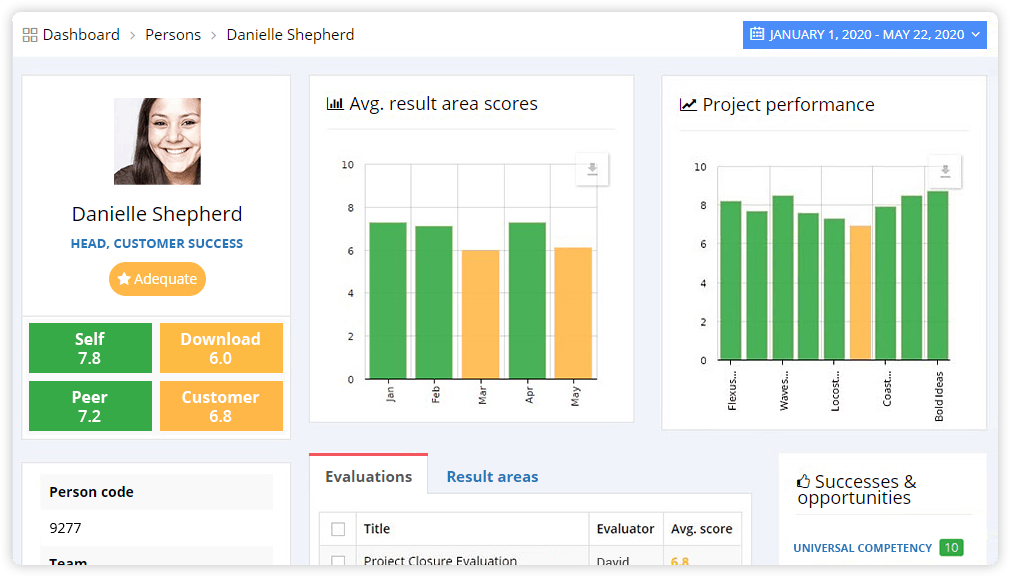The root of every successful business is a highly efficient management team. This is exactly why recognizing tomorrow’s leaders today is key to your organization’s long-term success. Leadership continuity is essential for achieving growth targets and to overcome market challenges. These employees are well-versed in the processes, systems, organization structure, and work culture. They have already spent a lot of time working with you to understand and make growth-oriented decisions quickly.
It is hence important to identify and zero in on the potential leaders among your employees. Here are seven ways to identify true leaders:
Focus on high potential
Employee performance that is revealed by an accurate performance appraisal system is a great source to identify potential leaders. There are basic criteria. After that, you need to also check the employee’s aptitude and the desire to grow. Some high performing employees might not be cut out to be leaders. It’s hence important to check out the overall potential of an employee.
Display higher levels of engagement
A potential leader will proactively make suggestions for process improvements, shows interest in activities that go beyond day-to-day work, and help achieve tangible results for the organization. His/her level of engagement with the organizational goals will be greater.
Takes proactive action or stand by and watch?
In order to identify true leaders, you need to check whether the employee proactively takes action to make things happen or waits and watches until someone tells him what to do. Someone who acts as a catalyst definitely is a potential leader.
Accountability
A leader always holds himself answerable – for both successes and failures. Those who shy away from taking responsibilities will definitely not be able to lead a team of people. Leaders are those who take a stand and exhibit confidence in their work. Peers and managers see them as reliable and accountable individuals.
Multitasking abilities
Giving leaders some extra responsibilities will not boggle them. In fact, they will graciously accept extra work and efficiently multitask among their various responsibilities and get things done.
Team players
Interaction with other employees, helping those in need of professional help, building interpersonal relationships, and being an overall team player are all the characteristics you need to look out for when identifying your employees’ leaders.
Performance appraisals
 It’s also important that your potential leaders excel in your employee appraisals. Fellow employees will have greater respect for those who excel and these leaders are automatically looked up to in a crisis situation for any project. High performing employees have the knowledge and skills to handle any kind of situation.
It’s also important that your potential leaders excel in your employee appraisals. Fellow employees will have greater respect for those who excel and these leaders are automatically looked up to in a crisis situation for any project. High performing employees have the knowledge and skills to handle any kind of situation.
Finally, it is important to remember that identifying leaders is not the end of the road. You need to develop their potential and prep up their skills by providing them with enough opportunities to serve your organization in various leadership roles.



